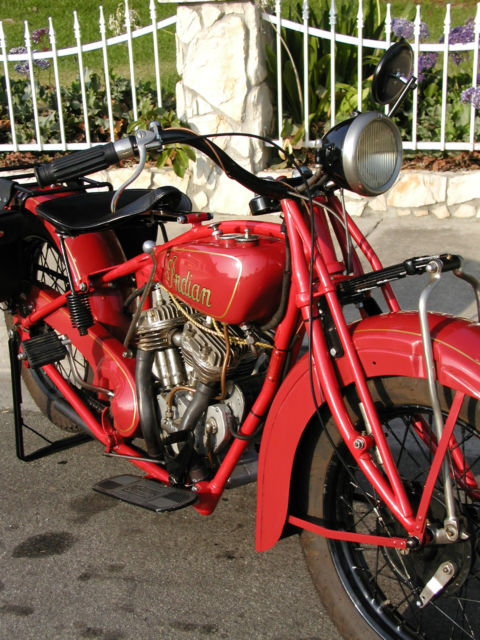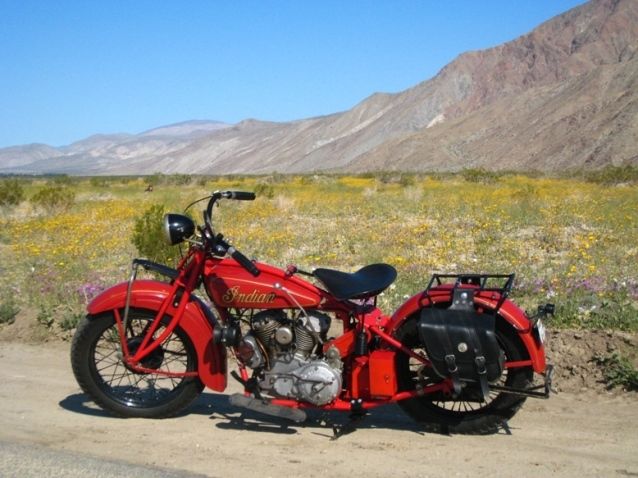
- #1928 indian scout 101 cg engine size upgrade#
- #1928 indian scout 101 cg engine size plus#
- #1928 indian scout 101 cg engine size series#
Despite the introduction of the Sport Scout, the Standard Scout remained in production until 1937. The Sport Scout won the first Daytona 200 in 1937. The negative reaction to this Scout led to the creation of the Sport Scout of 1934, with a light frame, Girder forks, improved carburation and alloy cylinder heads. The 1932 Standard Scout that was based on this new frame was heavier and bulkier than the 101 frame, and was less successful as a result.
#1928 indian scout 101 cg engine size plus#
Also located there was some different parts and frames from early power plus race machines. The factory engine marked A80 -57 was found in a pile long ago in Mike Eagan’s shop in Los Angeles. The Scout had started the 1928 model year as a short-frame model whose main change from 1920-27 Scouts was the addition of a front brakeĬost cutting led to Indian designing a new basic frame for 1932 that would form the basis for the Scout, Chief, and Four frames. This 1928 Indian Scout Hill-climber is an 80 inch side valve powered motorcycle. The geometry of the 101 Scout wheelbase, steering head angle and rear sub-frame were all adopted from the new Indian 401 model which was under development at the same time. 1 2 A second line of Scouts, with heavier frames, was. The 101 Scout, made from 1928 to 1931, has been called the best motorcycle Indian ever made. It rivaled the Chief as Indian's most important model. It incorporated a number of changes prompted by real-world racetrack experience with the original Scout, including a stronger frame, better suspension and steering, a 3-inch increase in wheelbase. The Indian Scout is a motorcycle built by the Indian Motocycle Company from 1920 to 1949.


Franklin, who had designed the original Scout, the 101 Scout had a new frame with more fork rake, a longer wheelbase, and a lower seat height. In 1928, Charles Franklin, the Indian engineer and former racer responsible for the original Scout, tweaked the design to create the 101 Scout.
#1928 indian scout 101 cg engine size series#
The original Scout was replaced in mid 1928 by the Scout Series 101. The engine size was increased to 745 cc (45 cu in) in 1927 in response to the popularity of the Excelsior Super X. The Scout was introduced in October 1919 as a 1920 model, with a 606 cc (37 cu in) engine. Described as in generally excellent condition, the machine is offered with dating letter, numberplate authorisation certificate, expired MoT (August 2012) and Swansea V5C document.The Indian Scout was a motorcycle built by the Indian Motocycle Company from 1920 to 1949. This 101 Scout has been fully restored, featuring a genuine speedometer, new tyres and professionally made saddlebags.

The latter featured a revised 750cc engine in a new, longer-wheelbase frame, and this medium-weight sports model would prove an immense success for the Springfield firm. Detachable cylinder heads were the Scout's big news for 1925 and two years later a 45ci (750cc) variant arrived, to be followed in April 1928 by the 101 Scout. Increasing competition had led to this change, particularly from the likes of the Excelsior Super X, and a version of this new larger engine would be used in the bike that succeeded the 1927 Scout the Indian Scout 101 of 1928 onwards.
#1928 indian scout 101 cg engine size upgrade#
In other respects the 'flat head' v-twin motor followed the successful Powerplus formula. Above Image: The 1927 Scout was fitted with a 750cc engine (actually 737cc) as standard, a big upgrade over the earlier 600cc unit. In a somewhat unusual departure, this new smaller Indian twin featured primary drive by helical gears, rather than the more usual chain, and soon gained a reputation for indestructibility: 'You can't wear out an Indian Scout,' claimed the company's advertising. A smaller Indian v-twin model, the 37ci (600cc) Scout, joined the existing 61ci (1,000cc) Powerplus twin for 1920.


 0 kommentar(er)
0 kommentar(er)
